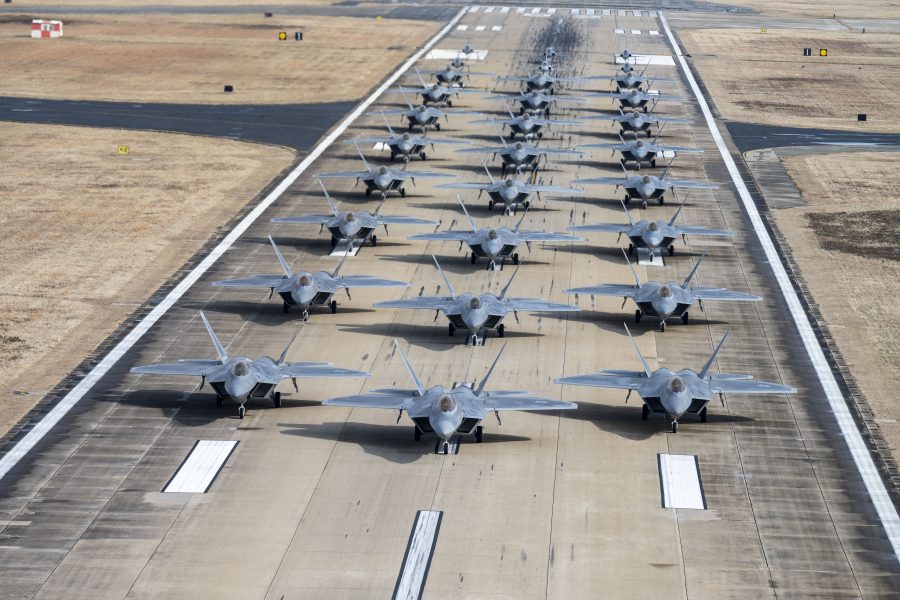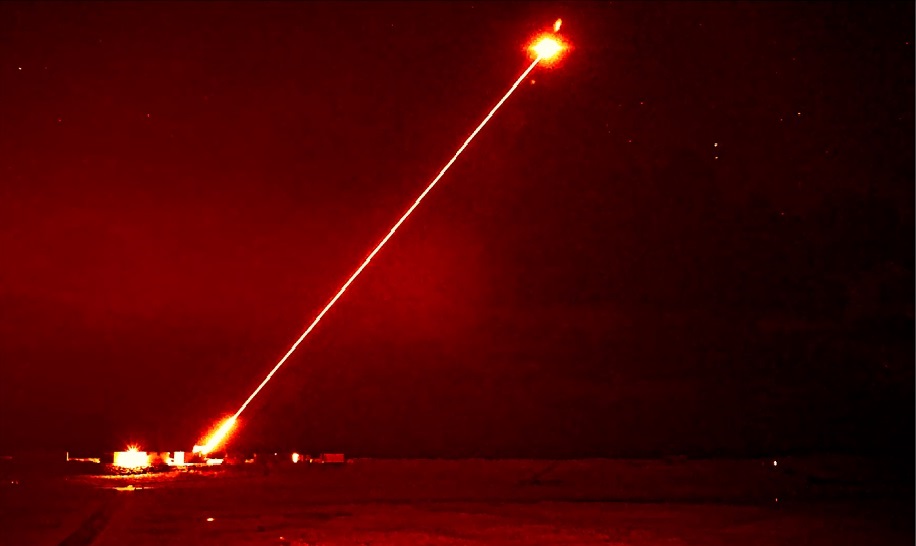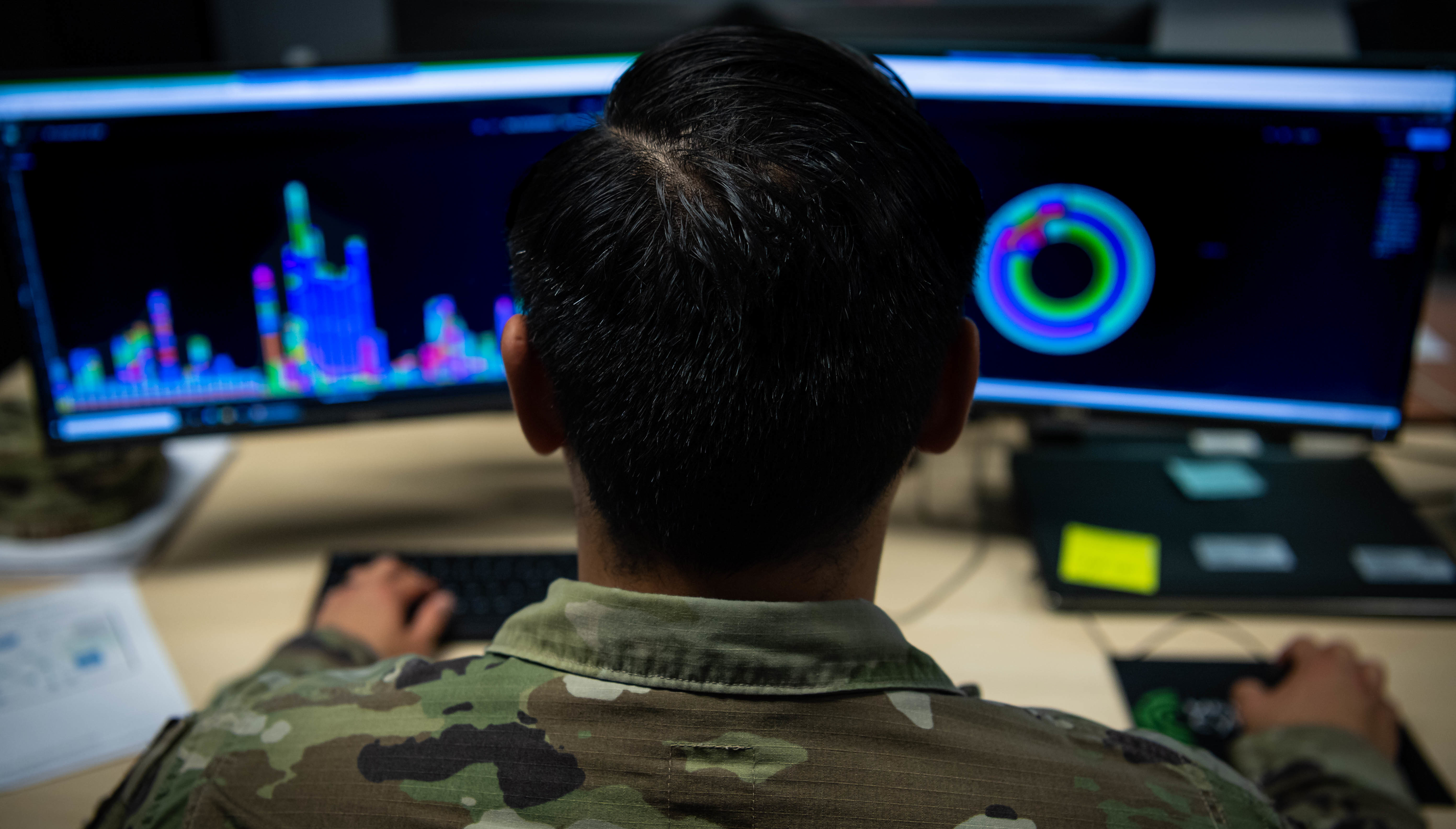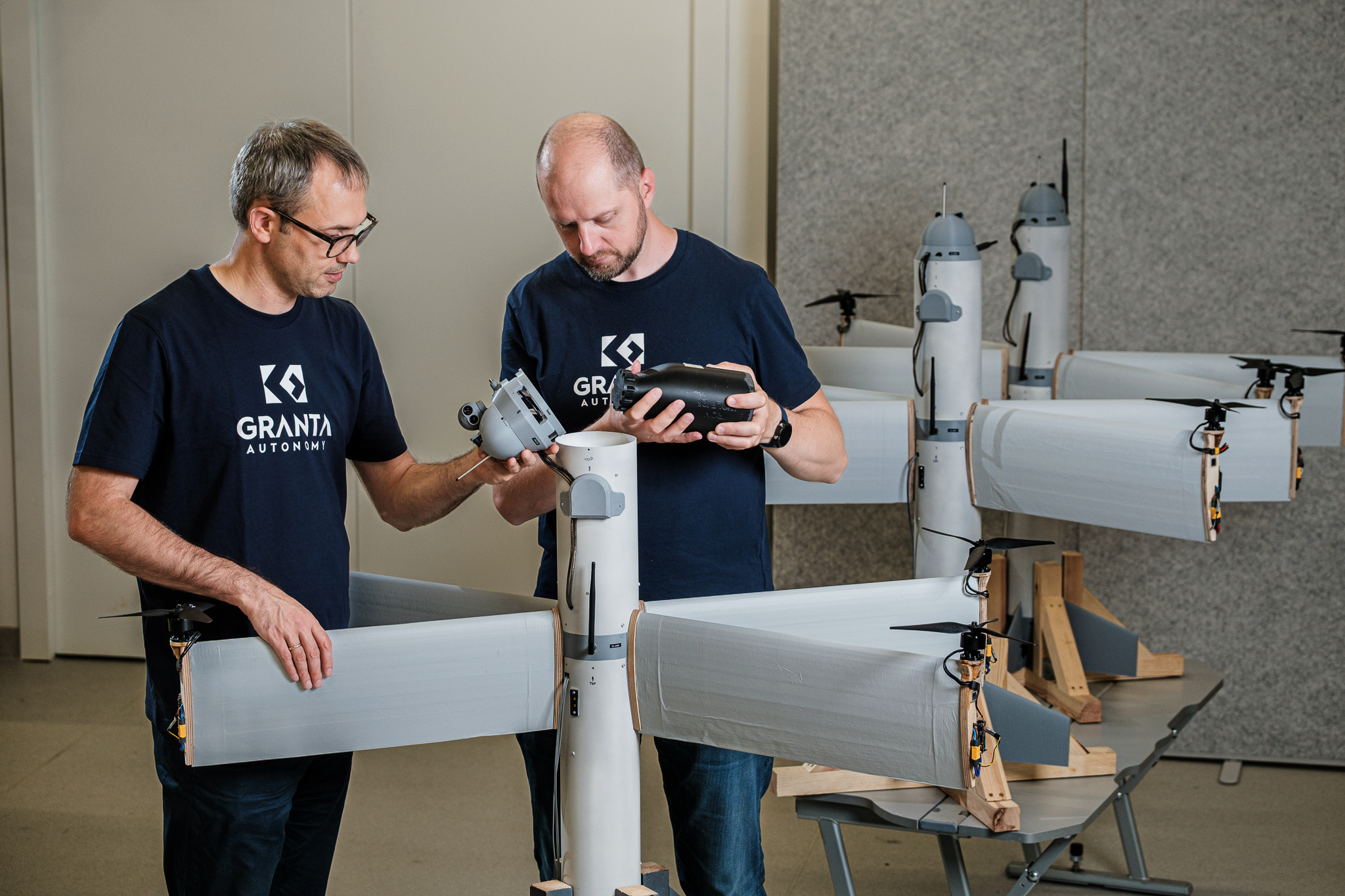
The Air Force’s new fighter plan calls for a 30 percent increase in fighter jets, but achieving that increase will be challenging, and the plan lacks a convincing force-sizing rationale, according to former service leaders and defense analysts.
“USAF requires 1,558 manned, total combat-coded aircraft inventory fighters to achieve low risk to resourcing, executing, and sustaining combat operations,” the report to Congress states. The Air Force’s goal “over the next 10 years is to increase overall fighter capacity and capability by revitalizing the legacy fighter fleet through increased sustainment funding … and procuring F-15EX, F-35A, and F-47” fighter aircraft.
Delivered in August but only recently revealed to the public, the Air Force report says maximizing procurement can build the fighter force to 1,369 by 2030, a “critical milestone” but still well short of the objective.
The new plan raises the objective fighter force by 98 fighters from 2018’s goal of 1,271, when USAF published “The Force We Need,” a white paper that aligned a notional future force to the requirements outlined in the 2018 National Defense Strategy. That study laid out requirements for 55 squadrons, among a total Air Force of 386 operational squadrons.
That paper did not specifically define the size of those squadrons, but assuming 21-24 aircraft per squadron the goal was between 1,155 to 1,320 aircraft. Using the same notional squadron size, the Air Force’s new goal of 1,558 would outfit 65 fighter squadrons.
Collaborative Combat Aircraft—the uncrewed, semi-autonomous fighter escorts now in development—are not included in the total. These aircraft would be “additive” to crewed fighter numbers.
Retired Lt. Gen. David Deptula, dean of AFA’s Mitchell Institute for Aerospace Studies, called the higher total “encouraging.”
“A 30 percent increase is a good start,” Deptula said. But he noted that the Air Force faced a smaller global threat in 1990, but fielded 134 fighter squadrons during Operations Desert Shield and Desert Storm. Threats have only increased since, he said.
China now presents the most complex military threat. Its air force has modernized in the past decade to a force comprised primarily of fourth- and fifth-generation fighter types. China is already estimated to have more than 200 J-20 fighters, a rough equivalent to the U.S. F-22 Raptor, of which only 186 were built. Russia, meanwhile, also continues to build fourth- and fifth-generation aircraft, even as it remains deeply engaged in its war against Ukraine.
“The Force We Need” never materialized. The Air Force “never followed through by asking for additional resources it needed to rebuild to 386 operational squadrons,” said Mark Gunzinger, Mitchell’s director of future concepts and capability.
Asked later why not, Gen. David Goldfein, who was Chief of Staff from 2016-2020, said the report was more an exercise to define what would be needed than a plan for building a future force. “We did all the analysis, and you could back it up with data to say you could meet the need at moderate risk with 386,” he said in a 2022 profile of his tenure. “Anything below that, you just increased risk. So now, do we keep banging the drum and say 386, when we’re actually at 320? That didn’t make much sense.”
Goldfein said there was no way Congress would fund 66 more squadrons and all the people, weapons, and support that would require.
A separate, Pentagon-funded, Congressionally directed study was done in parallel to “The Force We Need,” said Gunzinger, who contributed to that independent report. It recommended USAF “grow its Combat Air Force to 65 squadrons by 2030.”
The new Air Force report “gets a lot right,” Gunzinger said. He applauds the service “for finally releasing an ‘objective force’ for its fighters as we have recommended for years. The same is now needed for its bomber force and other capabilities.” But he said defining requirements and paying for them are not the same thing and the increase, is “pretty modest given today’s unprecedented array of threats and the growing demand for airpower.”
Deptula said the Air Force goal seems more keyed to organizing its fighters around deployable blocks of combat power under the Air Force Force Generation model, or AFFORGEN, rather than sizing the force for combat objectives, such as winning two major regional contingencies.
“The numbers don’t seem to be tied to a force-sizing methodology,” he said, harkening back to past quadrennial defense reviews, which set out to define an objective force for achieving specific warfighting objectives. Having a force-sizing construct strongly aligned with the National Defense Strategy, he said, “would help make the case.”
Another analyst who tracks Air Force force structure plans criticized the report for dwelling too much on “what the Air Force needs for force presentation … to the [combatant commanders] and not enough on who we might need to fight, and what that will take.”
He expressed concern that the Air Force isn’t considering the numerous potential war scenarios it could face, and focuses too much on China and Taiwan. “They need to talk more scenarios than Taiwan, because you can fall into the habit of using that as your one yardstick,” he said.
Accelerating Acquisition
Achieving the objectives of the new plan will not be easy. The Air Force would need to buy about 100 F-35s and 36 F-15EXs annually to get to the objective force, far beyond what the Air Force is buying today, or what jet makers can likely produce. The Air Force has yet to buy more than 48 F-35s in a year and is buying a maximum of 24 F-15EXs annually.
Jeremiah “J.J.” Gertler, director of The Defense Concepts Organization, noted that Lockheed Martin’s anticipated maximum rate of production for the F-35 is 156 a year, which includes the Air Force, Navy, and Marine Corps, as well as foreign users. “Lockheed has never hit that number,” he noted.
But as Lockheed winds down production of the F-35B and C models, Gertler said–with the last of those variants coming off the line around 2030–it could increase A-model production.
“Together, that should open 30-45 slots a year on the line,” he said. “So the potential would be there to increase F-35A production substantially, especially if another shift were added.” But USAF would have to share that production with a host of foreign partners. Gertler sees F-35 production lasting into the 2050s.
The Air Force report says Boeing could increase F-15EX production from 24 per year in 2027 to 36 a few years after that, with investment in additional facilities and tooling.
The service did not say in its report how many CCAs or sixth-generation F-47s it intends to buy. Former Air Force Secretary Frank Kendall said the Air Force planned to eventually build at least 1,000 CCAs and that the service would need at least 200 F-47s. Plans for F-47 acquisition were not released, but withheld in a classified annex to the Air Force report.
The Air Force has optimistically said the F-47 could be ready for operations inside 10 years. “That’s ambitious,” Deptula said. “We hope they’re right.” Past history suggests otherwise: “It took 14 years from [engineering and manufacturing development] to field the first F-22s and F-35s,” Deptula noted.
Sharply increasing the annual fighter buy to the levels USAF suggests would cost more than $15 billion per year, a sum the service said it would have to source from elsewhere in its budget—without saying where it would cut.
That’s doable if the cuts can come from other services, Deptula said.
“The DOD had no problem reallocating Air Force funding to the Army when they needed it” during the Global War on Terror, he said. “Now the Air Force needs funding desperately to halt its declining force structure…it’s the Army’s turn to help the Air Force recover from the sacrifices it made for them.”
The post Air Force’s New Fighter Goal: More Jets, But Who’s Paying? appeared first on Air & Space Forces Magazine.

Air, Air Force fighter fleet, David A. Deptula, F-15EX, F-22, F-35, F-47, J. J. Gertler, Mark Gunzinger, Mitchell Insitute for Aerospace Studies, The Force We Need
Air & Space Forces Magazine
[crypto-donation-box type=”tabular” show-coin=”all”]







